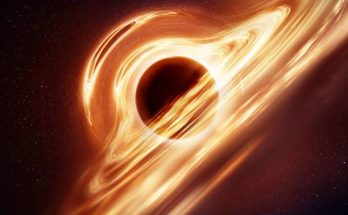A study conducted by researchers at Sweden’s Lund University suggests that significant changes happened to life on Earth due to a collision with the Asteroid belt 470 million years ago. The explosion flooded the entire solar system with dust which led to an ice age which brought changes to biodiversity on our planet.
The link between astronomical events and the evolution of life on Earth is something that researchers have established in the last few decades. It is understood that dinosaurs were wiped out instantly when an asteroid just 10km in diameter hit out planet.
A 150 km wide asteroid was crushed between Mars and Jupiter. This 470-million-year old extraterrestrial incident spread dust which blocked sunlight through the entire solar system. For Earth, lack of sunlight started an ice age. The climate on Earth was homogenous before this collision. The ice age led to the formation of arctic conditions at the poles and tropical conditions near the equator.
The new climatic conditions brought a significant change in biodiversity on Earth. Invertebrates became diverse as they adapted to the new conditions.
Prof. Birger Schmitz, who led the study, compared this event to standing in the middle of a living room and having a vacuum cleaner bag smashed there, obviously, at astronomical scales.
This discovery was based on the amount of extraterrestrial helium found on the seafloor in south Sweden. It is understood that the dust, when hit by solar wind, got enriched with helium.
Schmitz said that the results were unexpected. For about 25 years, researchers had multiple hypotheses about what had happened. It was only after the measurement of helium levels that things fell into place.
For about a decade now, researchers are looking at the possibility of placing artificial asteroids in space that could release a steady stream of dust. They expect that dust to block sunlight and cool the planet, which is suffering severe warming due to carbon emissions.

